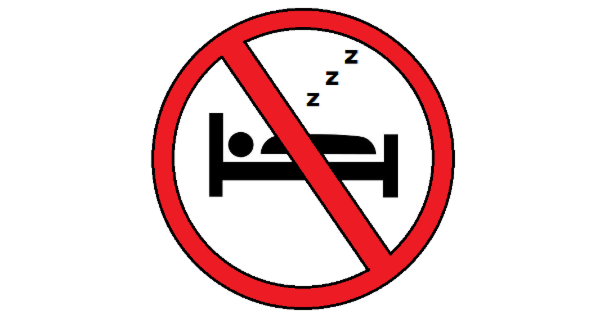BY LETTER
Asomniac
 Image from Steve Bowers |
Organism whose physiology has no sleep requirement; very common in vec and AI clades and increasingly so in biological sophonts.
Extensive biotechnology research in the Interplanetary long promised to produce a series of genemod allowing for the reengineering of the human circadian rhythm to remove sleep but the challenge was far greater than expected. Consequently for centuries the best genemodders could offer were reductions in sleep length and improvement in the quality of sleep, these advances were used in the original formation of the Homo Superior clades allowing for a reduction in the amount of healthy sleep needed from 7-8 to 3-4 hours.
Eventually bioscience progressed to the point where the need for sleep could be totally removed from a human or other biont, this required extensive bioengineering and genemodding to remodel the central nervous, endocrine and many other systems to operate without the need for sleep. Bionts wishing to become asomniac usually have to undergo a long (weeks-months) period of incremental genemod treatment, or a fairly quick (days-weeks) period of bionanoengineering or a very quick (hours-days) rebuild in an autodoc. As with all extensive augmentations sophonts looking to have children should consult a medical expert with their prospective partner so as to discover and remedy any biological incompatibilities that may prevent pregnancy or give rise to congenital disorders in the progeny.
Societies of asomniacs develop interesting social differences to those who do require sleep. Time keeping changes to deemphasise multiple discrete units i.e. rather than having hours, days, weeks, years an asomniac society may just count the seconds from their founding e.g. 234K-011M-008G(AF) which in Old Earth time keeping units would translate to 12:00PM, 3rd January, 257 years after founding. In some cases standardised cyclical patterns of behaviour will manifest e.g. work/rest cycles in which the majority work similar shifts but this is not always the case, especially if the society in question adopts a post-scarcity socioeconomic model with negligible obligatory labour requirement. Other aspects of such societies include a lack of circadian linked activity such as smaller meals followed by larger, specific times for social rituals and anniversary celebrations (various cultures still employ milestone celebrations of some form e.g. parties in honour of a sophont reaching another 100 megaseconds of age).
Sophonts with sleep requirements visiting or emigrating to such societies can face difficulties depending on the society in question. In some sophonts may struggle financially if the society in question has an economic set up in which significant time must be dedicated to work for pay, especially if the shift pattern (if present) is not compatible with the sophont's circadian rhythm. Similarly cultural aspects may result in sophonts encountering social conflicts if certain behaviours/rituals are expected to be performed that again are not compatible with the sophont's circadian rhythm e.g. religious observations that must be performed at regular intervals. However for every asomniac society in which having a sleep requirement may impede a sophont looking to visit or emigrate there are examples where this is not the case, this is especially true in more multicultural asomniac societies with cultural and socioeconomic models with negligible obligations for economic, religious and social participation.
Related Articles
Appears in Topics
Development Notes
Text by Ryan B
Initially published on 31 May 2013.
Initially published on 31 May 2013.






